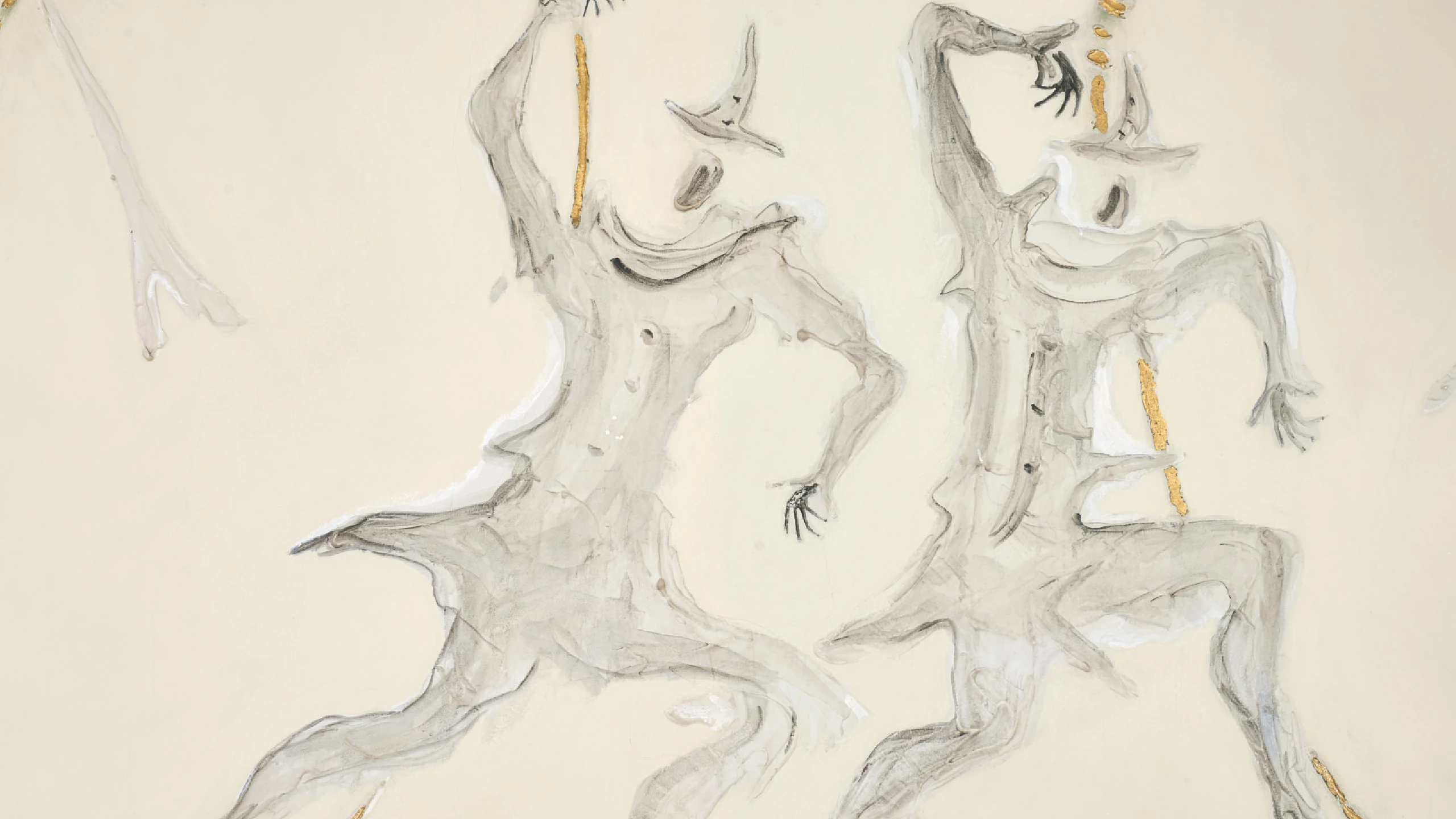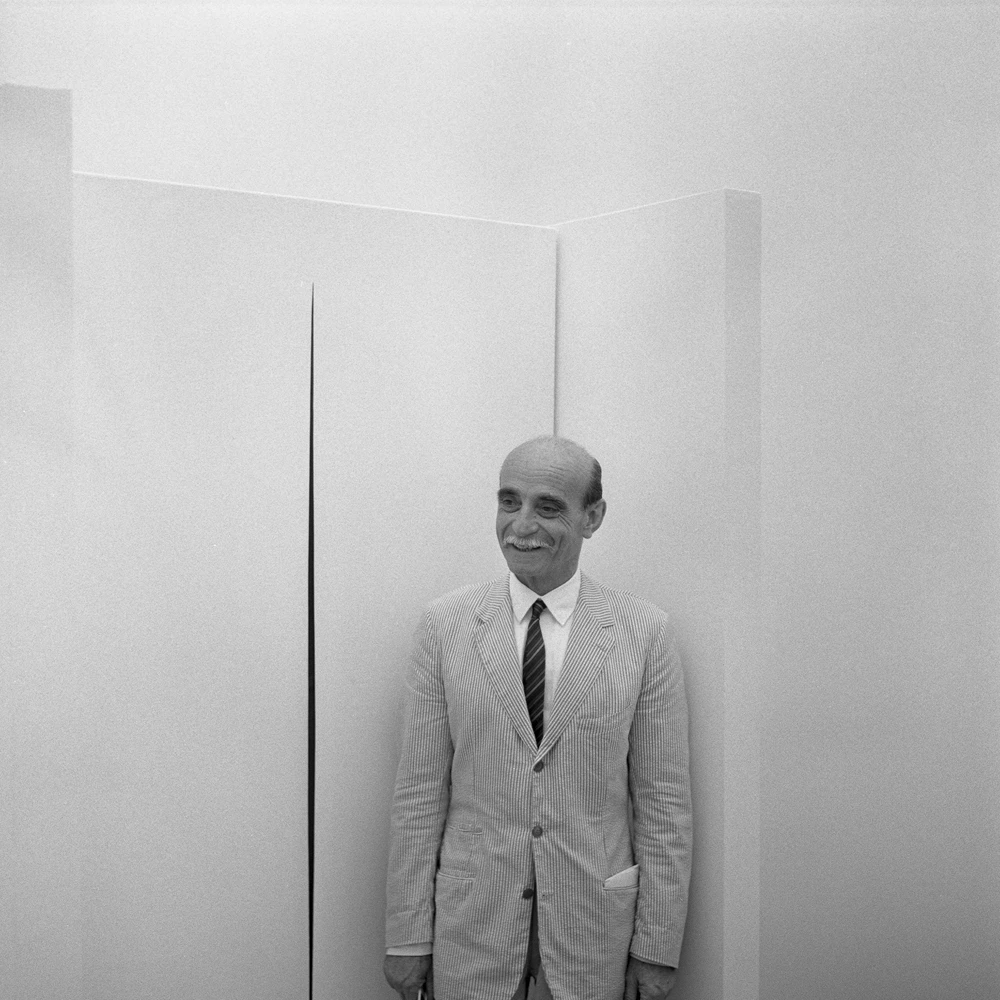Lucio Fontana was born on February 19, 1899, in Rosario de Santa Fé, Argentina. His father was Italian and his mother Argentinean. He lived in Milan from 1905 to 1922 and then moved back to Argentina, where he worked as a sculptor in his father's studio for several years before opening his own. In 1926, he participated in the first exhibition of Nexus (formed in 1907), a group of young Argentinean artists in Rosario de Santa Fé. On his return to Milan in 1928, Fontana enrolled at the Accademia di belle arti di Brera, which he attended for two years.
The Galleria del Milione, Milan, organized Fontana's first solo exhibition in 1930. In 1934, he joined the group of abstract Italian sculptors associated with the gallery. The artist traveled to Paris in 1935 and joined the group Abstraction-Création (Abstraction Creation, 1931–36). The same year, he developed his skills in ceramics in Albisola, Italy, and later at the Sèvres factory, near Paris. In 1939, he joined the Milanese anti-Fascist artists' group Corrente (Current, 1938–43). He also intensified his lifelong collaboration with architects during this period.
In 1940, Fontana moved to Buenos Aires. With some of his students, he founded in 1946 the Academia de Altamira, from which emerged the "Manifesto blanco" (White manifesto, 1946). He moved back to Milan in 1947 and in collaboration with a group of writers and philosophers signed the "Primo manifesto dello spazialismo" (First manifesto of spatialism). He subsequently resumed his ceramic work in Albisola to explore these new ideas with his Concetti spaziali (Spatial concepts, 1949–60).
The year 1949 marked a turning point in Fontana's career; he created his first series of paintings in which he punctured the canvas with buchi (holes), and his first spatial environment, a combination of shapeless sculptures, fluorescent paintings, and black lights to be viewed in a dark room. The latter work soon led him to employ neon tubing in ceiling decoration. In the early 1950s, he participated in Italian Art Informel exhibitions. During this decade, he explored working with various effects, such as slashing and perforating, in both painting and sculpture. The artist visited New York in 1961 during a show of his work at the Martha Jackson Gallery.
In the last year of his career, Fontana became increasingly interested in the staging of his work in the many exhibitions that honored him worldwide, as well as in the idea of purity achieved in his last white canvases. Fontana died on September 7, 1968, in Comabbio, Italy.

